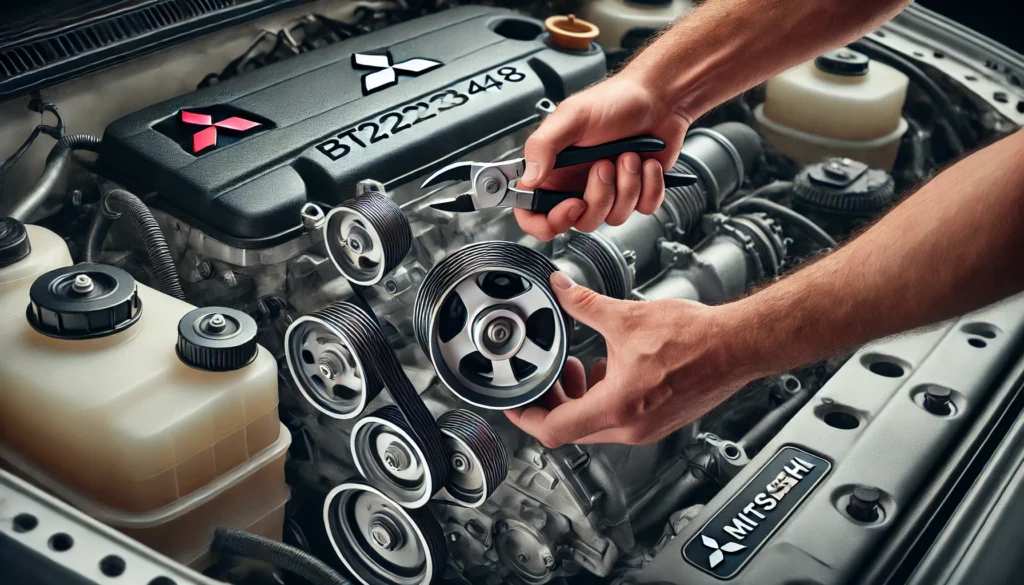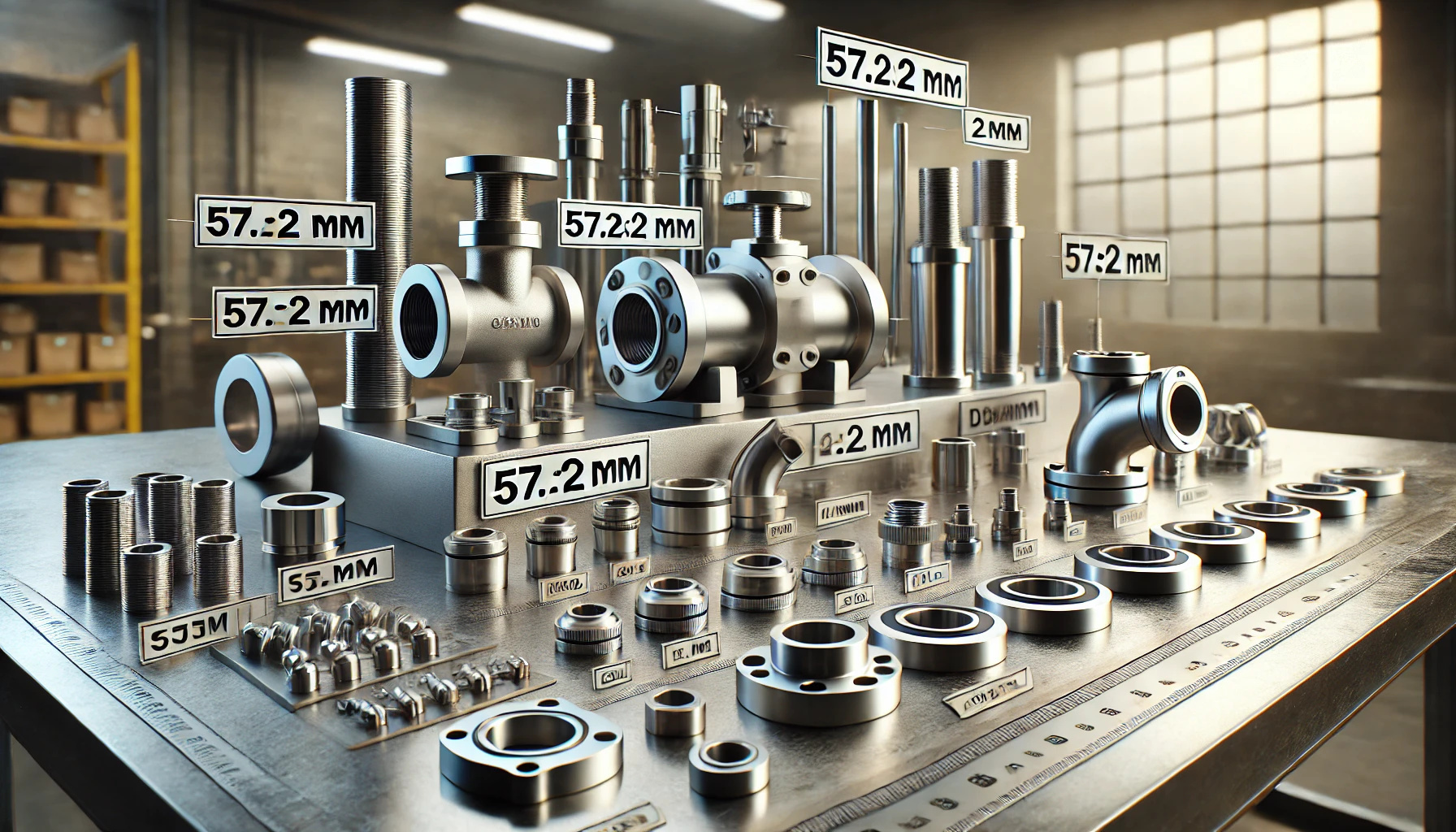When it comes to vehicle maintenance, ensuring the smooth operation of your engine components is crucial. The BT23248 pulley tensioner plays an essential role in maintaining the correct tension of the drive belt, which helps in efficient engine performance. This guide provides in-depth details on the BT23248 pulley tensioner, covering its specifications, compatibility, installation process, and more.
What is the BT23248 Pulley Tensioner?
The BT23248 pulley tensioner is a crucial component in the vehicle’s belt system, responsible for maintaining consistent tension on the drive belt. Without a properly functioning tensioner, the belt can slip or become loose, leading to engine inefficiencies and potential damage. The BT23248 is widely used in Mitsubishi models and is known for its durability and performance.

Understanding Pulley Tensioners and Their Importance
Pulley tensioners are critical for ensuring the longevity and efficiency of a vehicle’s engine belt system. They keep the belt in place, prevent slippage, and reduce wear and tear on other engine components. A malfunctioning tensioner can lead to belt misalignment, resulting in increased friction and potential engine failure.
Key Functions of a Pulley Tensioner
- Maintains Belt Tension: Ensures optimal tension to avoid belt slippage.
- Reduces Wear: Prevents excessive wear and tear on the belt and pulleys.
- Enhances Engine Efficiency: A well-functioning tensioner improves overall engine performance.
BT23248 Pulley Tensioner Specifications
The BT23248 pulley tensioner comes with specific features and specifications designed for compatibility with multiple Mitsubishi models. Below is a table outlining the general specifications:
| Specification | Details |
|---|---|
| Part Number | BT23248 |
| Compatible Vehicles | Mitsubishi Airtrek, Lancer, etc. |
| Material | High-quality metal alloy |
| Durability | Long-lasting with proper maintenance |
| Weight | Varies by model application |

Compatibility with Mitsubishi Models
The BT23248 pulley tensioner is compatible with several Mitsubishi models. Below is a list of commonly compatible vehicles:
- Mitsubishi Airtrek (CU4W, CU5W)
- Mitsubishi Eclipse (DK2A, DK4A)
- Mitsubishi Galant (DJ1A, DJ3A, DJ5A)
- Mitsubishi Grandis (NA4W, NA8W)
- Mitsubishi Lancer (CS#)
- Mitsubishi Outlander (CW6W)
Installation Guide for BT23248 Pulley Tensioner
Installing the BT23248 pulley tensioner requires some mechanical knowledge. Follow these steps to ensure a smooth installation process:
- Prepare Your Tools: Gather necessary tools such as a wrench, socket set, and belt tensioner tool.
- Disconnect the Battery: Safety first—disconnect the car battery to prevent electrical hazards.
- Remove the Old Tensioner: Loosen the belt and carefully remove the old tensioner.
- Install the New Tensioner: Position the BT23248 tensioner and secure it with the provided bolts.
- Reinstall the Belt: Ensure proper alignment and tension.
- Test the System: Start the engine and check for any unusual noises or misalignment.
Maintenance Tips for Longevity
To ensure the longevity of the BT23248 pulley tensioner, regular maintenance is essential:
- Regular Inspection: Check for signs of wear, such as cracks or noise.
- Lubrication: Apply appropriate lubricants to prevent friction.
- Timely Replacement: Replace the tensioner if any issues arise.
Where to Buy BT23248 Pulley Tensioner
Finding a genuine BT23248 pulley tensioner is crucial for optimal performance. You can purchase it from:
- Authorized Dealers: Ensure authenticity and warranty.
- Online Marketplaces: Platforms like Amazon and eBay offer a wide selection.
- Auto Parts Stores: Visit local automotive parts stores for immediate availability.

FAQs about BT23248 Pulley Tensioner
- How do I know if my BT23248 pulley tensioner needs replacement?
- Look for symptoms such as squeaking noises, belt misalignment, or decreased engine performance.
- Is the BT23248 pulley tensioner easy to install?
- Yes, with the right tools and guidance, it can be installed by DIY enthusiasts or professional mechanics.
- What happens if I ignore a faulty pulley tensioner?
- Ignoring a faulty tensioner can lead to belt failure, engine overheating, and costly repairs.
- How often should I replace the BT23248 pulley tensioner?
- It is recommended to replace it every 60,000 to 100,000 miles, depending on driving conditions.
- Are aftermarket pulley tensioners as good as OEM parts?
- OEM parts are preferred for guaranteed fit and performance, while some aftermarket parts can offer budget-friendly alternatives.
Conclusion
The BT23248 pulley tensioner is an essential component in ensuring the efficiency and longevity of your vehicle’s belt system. Proper maintenance, timely replacement, and following correct installation procedures can help avoid costly repairs and enhance engine performance. Whether you’re a DIY enthusiast or a professional mechanic, this guide provides all the necessary information to help you make informed decisions about your vehicle’s maintenance needs.
Other Articles
WW2 B-17 Crew John Popp Obituary: A Hero Remembered
Everything You Need to Know About 318-225-8315
Automating and Securing Credit Card Inputs with iMacros and Burp Suite







Leave a Reply